Lomi’s Electric Kitchen Composter Turns Food Scraps into Dirt Overnight—But Is It Worth The Hype?

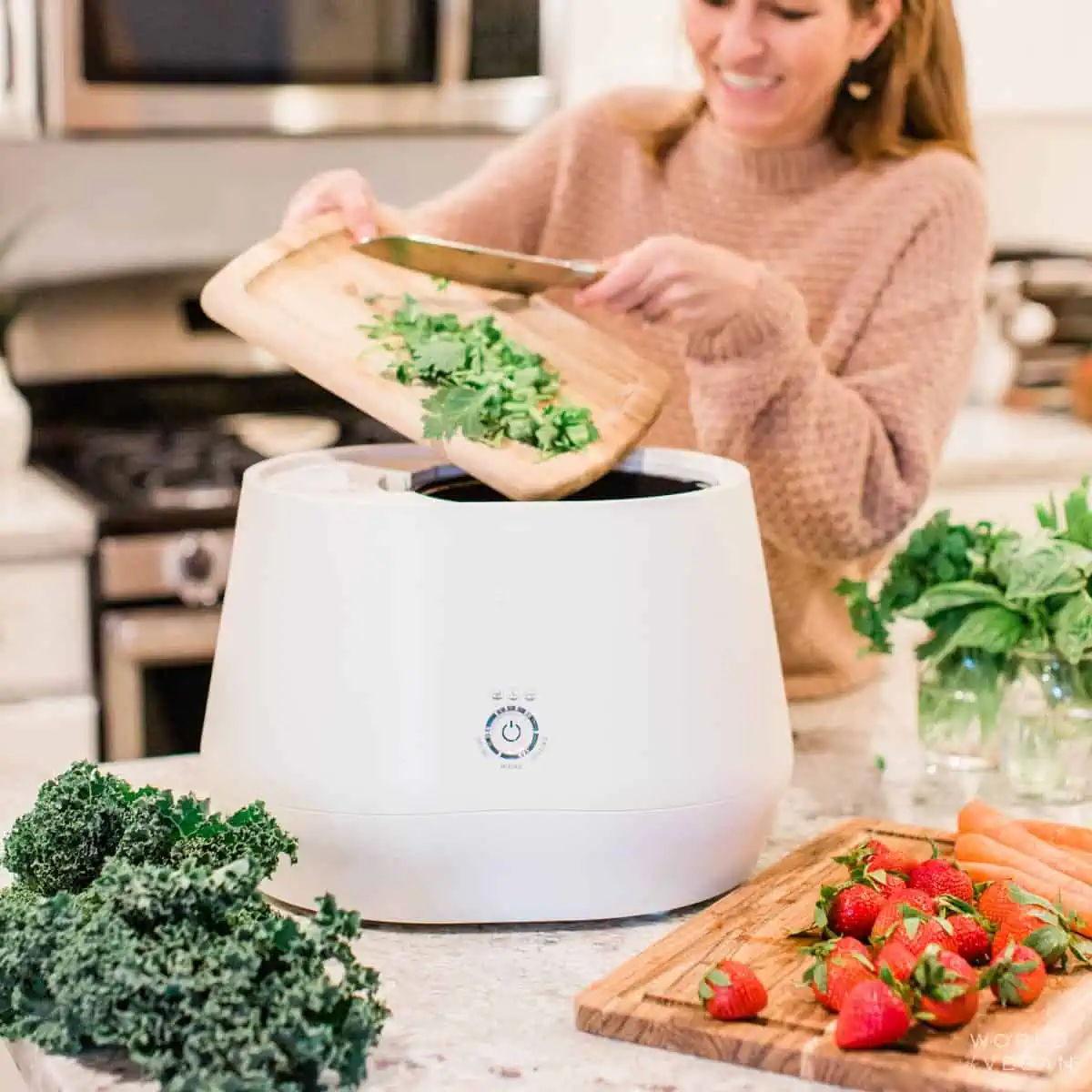
If you’re an environmental champion, avid home gardener, or simply a conscious consumer looking to make a positive impact on your carbon footprint, composting is almost certainly on your radar. Maybe you already have a backyard compost pile or compost tumblr. But if composting isn’t a territory you’ve delved into yet, the Lomi countertop composter may be the perfect smart gadget for you.
Composting food scraps was once laborious and inaccessible for many. Outdoor composting can be dirty, smelly, attract rodents, and can require outdoor space that many don’t have. It’s no wonder so many people admire those with compost piles but think, “it’s just not for me.”
Thankfully, we live in an era of technological innovation, and when something is hard, there is almost always a way we can make it easier.
Imagine for a moment that you’re cooking soup in your kitchen, and you simply toss your scraps in a bin on your kitchen counter. Later that night, you press a single button and head off to bed. By morning you wake up and find that your food waste has magically transformed into dirt.
Sounds like a dream that’s too good to be true, right?
Well, someone actually had that dream, and then they brought it into reality. Meet: Lomi. The perfect composting solution for busy people, dirt-averse folks, and individuals without access to a yard. It’s never been easier to get started with a home composter at your disposal—no pun intended.
Table of contents
Composting 101
Recycling cardboard packaging, glass bottles, and aluminum cans is already second nature to most humans, and it’s time we take composting seriously too.
Maybe you’ve heard about compost in passing but aren’t sure exactly what it entails. Don’t worry, it’s quite simple! Compost happens naturally as part of the lifecycle of plants and animals in the wild but could use a bit more help from us when it comes to human contribution. Here’s a quick overview of what you need to know.
What Is Compost?
Compost is soil made from organic matter, including table scraps, grass clippings, and fallen leaves, that’s decomposed using bacteria, fungi, and/or worms, transforming it into nutrient-rich fertilizer. The result looks just like dirt, ready to go back into the earth.
Why Is Composting Important?
Referred to by some as “black gold,” compost is worth much more than the sum of its parts. Especially considering that it starts with literal trash. It’s a smart investment for anyone! Here’s why.
Reduces food waste.
There’s no need to join the clean plate club, but that doesn’t mean your last remaining bites should go in the trash. Composting ensures that everything goes to good use, feeding the planet itself after you’ve had your fill.
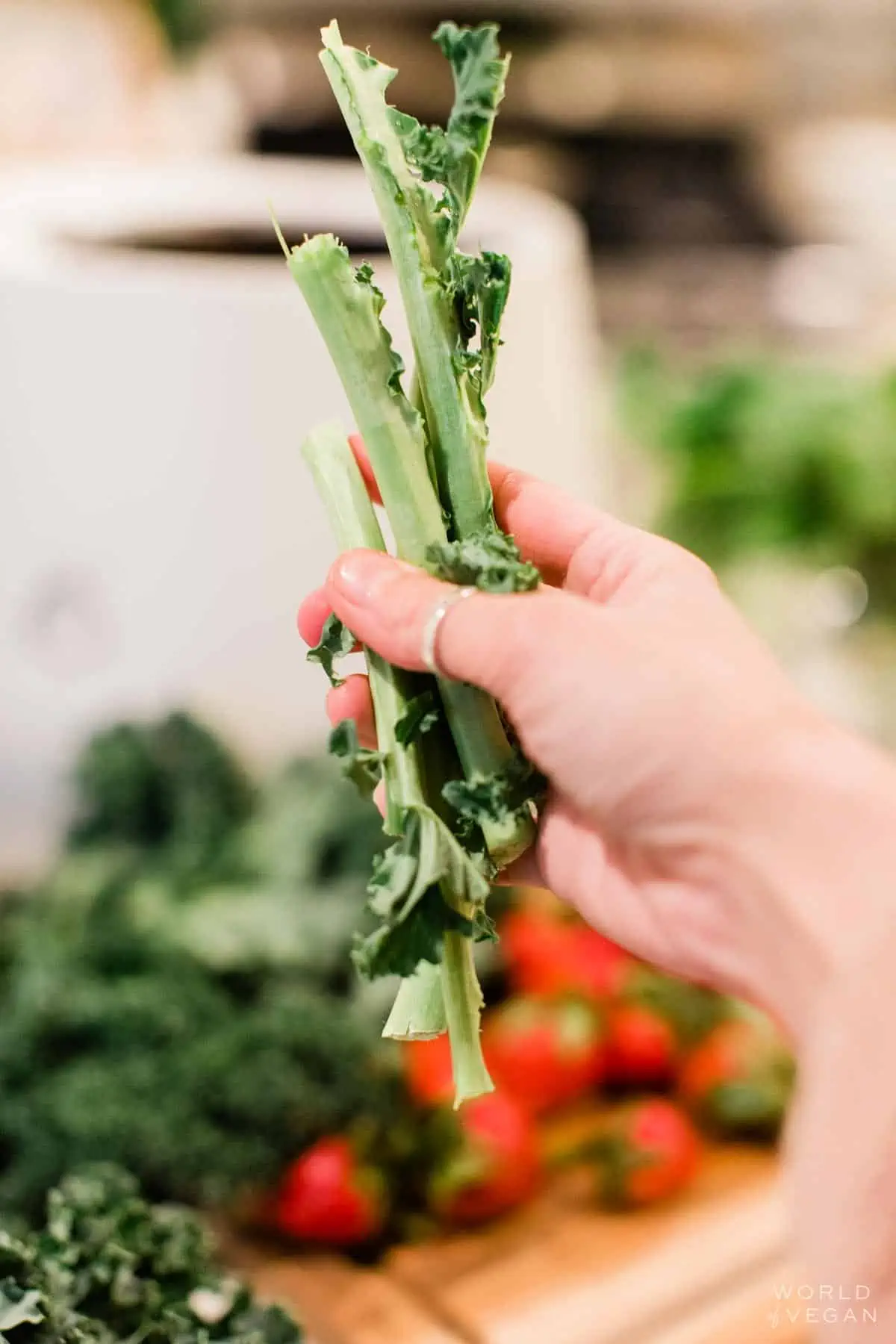
Saves water.
Healthy soil needs considerably less water while fostering higher yields at the same time. Agriculture accounts for roughly 80% of the water usage in the US; that’s far more than just a drop in the bucket.
Reduces methane emissions.
Cow farts aren’t the only source of greenhouse gases. Every time organic material goes into landfills, it gets buried in trash, cut off from a source of oxygen. That leads to anaerobic decomposition, which creates a biogas made of half and half methane and carbon dioxide.
Improves soil quality.
Dirt, available everywhere and anywhere, is largely taken for granted. Not all soil is the same, and much of it isn’t viable for growing plants or sustaining life of any sort. Compost is rich in nitrogen, phosphorus, and potassium, nutrients critical for large-scale agriculture and small home gardens alike. This soft, moist earth can more easily retain water as well, helping to stave off drought conditions and prevent erosion.
Eliminates the need for chemical fertilizers.
Plants, like people, flourish when fed a healthy, whole foods diet! They tend to have a heartier immune system to fight off pests and thrive under adverse conditions, making potentially harmful pesticides unnecessary.
Different Ways To Compost
There isn’t a one size fits all approach to composting. Don’t be afraid to try many different methods until you find the one that’s right for you and your family!
Municipal Compost
Some towns and cities are now offering municipal compost pickup, right alongside traditional trash and recycling services. Once you sign up, you can place food scraps, soiled paper, yard trimmings, and natural fibers into designated bin, leave it at the curb on pickup day, and waste management will take care of the rest! Outdoor bins are often provided at no cost once you’ve subscribed for a regular pickup schedule, making it the easiest, most cost-effective way to get started.
We hope this will one day be available everywhere, but unfortunately most people don’t have access to a municipal city compost.
Home Compost (Outdoor)
Some counties are a bit slow to catch on to the composting movement, lagging behind on basic recycling still. Never fear, you don’t need an official program in place to get started, and as an added benefit, you get to keep all that rich, homemade compost for yourself!
- Cold compost: This is the lowest effort, but slowest solution for how to make compost from kitchen waste. Simply collect banana peels, apple cores, coffee grounds, and so forth, and let it do its thing. On the downside, this can take upwards of a year, and if you use an indoor composter, it can start to stink over time.
- Hot compost: In hot climates, particularly during the summer, the warmer weather helps accelerate the process. You’ll need to stir the materials in an outdoor compost regularly, but it can be ready to use in as little as three months.
- Vermicompost: You’ll need to open a can of worms for this one… Literally! Available for purchase at most garden supply stores, “red wigglers” digest the trash and excrete compost, doing the hard work for you.

Electric Kitchen Countertop Compost Machines
The new kids on the block are electric composters. They are small enough to fit on your kitchen counter and don’t require outdoor space, worms, or routine maintenance from someone willing to get their hands dirty.
There are a few electric composter brands already, including Vitamix and Reencle, and more are sure to come. But by far the most popular is Lomi.
The Lomi composter is brought to you by the mission-driven founders of Pela, a B-Corp organization known for their compostable phone cases. And yes, their phone cases can in fact be composted in the Lomi! Technology is so cool.
Lomi was launched through an Indiegogo kicstarter campaign, and it became one of the most successful campaigns of all time, raising $17.2 million dollars from over 19,000 backers. I was one of them.

Lomi Review (Why We Love The Lomi)
Lomi works to dehydrate and pulverize your scraps, transforming them into a small pile of nutrient rich dirt that can be mixed in with soil to grow even more plants. And it does it all without insects, smells, the typical “ick” factors that deter people from traditional composting.
You can toss in your produce peels, food scraps, coffee grounds, paper, cardboard, and even compostable cutlery and phone cases! It’s genius.
Lomi is a countertop composter that takes all the hassle, mess, and confusion out of the mix. It’s capable of breaking down almost any organic materials, even those that wouldn’t work well for basic cold composting, such as cardboard and bioplastics. Waste is ground, aerated, and heated, all of which accelerates the natural decomposition process, so you can have viable compost, ready to use, in as little as three hours.
There are three different Lomi settings to best suit different needs:
- Eco Express mode works the most quickly, breaking down basic food scrapes in just 3 to 5 hours.
- Lomi Approved mode is best for bioplastics, packing material, and other tough compostable materials, running for 5 to 8 hours.
- Grow mode is the longest and lowest temperature option for gardeners wanting the maximum nutrient value in their compost, running for 16 to 20 hours.
What Can You Compost? What Shouldn’t You Compost?
From coffee grounds to watermelon rinds, there is no shortage of what you can toss in your electric compost. The only
What Can Go In Lomi:
- Fruit and veggie scraps (rinds, most peels, stems, grains, etc.)
- Food leftovers
- Coffee grounds
- Yard trimmings and grass clippings
- House plants
- Lomi-approved bioplastics
- Paper towels, paper, and cardboard products
A few of my favorite things to toss in the compost include: banana peels, corn husks, fruit cores, watermelon and pineapple rinds, soiled paper towels, compostable “plastic” bags.

What Shouldn’t Go In Lomi:
What not to compost is also important. These items are best left out of your Lomi compost:
- Orange and lemon peels (too acidic)
- Onions (can kill good microorganisms)
- Meat, fish, bones, and dairy products (according to the EPA composting meat scraps and dairy isn’t a good idea—another win for team plants!)
- Very greasy fatty foods or oils (can attract pests)
- Hard fruit pits and pistachio shells (they take a long time to break down)
Is The Lomi Composter Worth The Hype?
We are huge fans. Several of us on the World of Vegan team have been using Lomi for nearly a year, and we love it. If you’re still on the fence about whether or not Lomi is the home compost machine for you, here are the top points to consider!
Benefits of the Lomi
- Plug and play. No experience necessary; this machine is easy enough for kids of all ages to use! Just close the lid, select your compost mode, and press the button. Come back later and you’ve got compost!
- Very quiet. Go ahead, let it run overnight. You’ll barely hear a hum louder than your refrigerator.
- No smell. Your standard kitchen trash can problem smells more than this fully enclosed receptacle.
- Small footprint. For apartment-dwellers with limited counter space, this won’t take up to much of that valuable real estate.
- Versatile. You can toss almost anything compostable in the Lomi—even items that wouldn’t break down in a traditional compost! Those plastic-like compostable forks and spoons can finally actually be put back into the earth instead of the landfill.
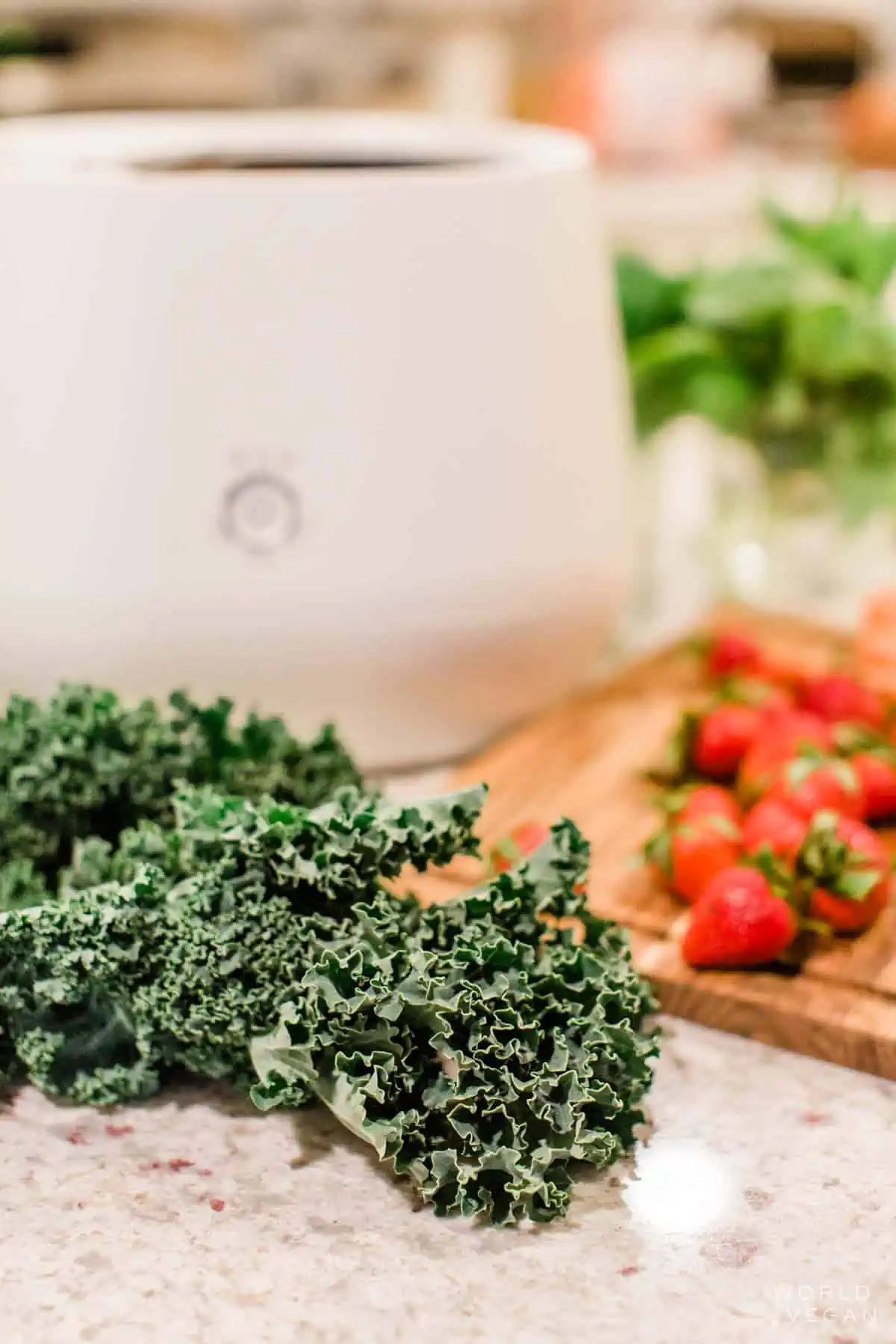
Electric Composter Considerations
- Cost. The electric composter itself represents a significant investment upfront that is out-of-reach for many families.
- Needs a balance of ingredients for optimal output. You can’t just throw any waste in the bin and expect top-tier fertilizer to come out. But you’ll quickly learn what to add into your Lomi to create the best results, and Lomi also offers pods add various add-ins to improve efficiency and overall quality. They even have specific products that help you produce fertilizer to meet specific needs (like lawn fertilizer)!
- It doesn’t create traditional compost soil. The Lomi produces a soil-like matter made from dehydrated and broken down scraps—and while it looks just like dirt, it’s not exactly the same as rich compost soil. Lomi matter is a fertilizer that needs to be mixed in with soil or dirt at a 1:10 ration (1 part Lomi matter to 10 parts soil) before adding it into your garden or plants.
- Filter needs to be replaced. The Lomi filter will need to be replaced every few months, assuming you use it regularly.
- It can’t handle huge loads at once. Lomi is the perfect size for most small families, but if you produce a lot of organic food waste in your home, you might find that the Lomi is actually too small. Lucky for you, the Lomi team is cooking up a large model for bigger families and professional kitchens!
Electric Home Composter FAQs
You bet! Electric composters work differently than traditional compost, and the resulting matter is different too. But the appliance is easy to use, and effectively transforms food scraps into a fertilizer-style matter you can put right back into the earth. The quality will vary depending on exactly what materials you use and how long you allow it to process, of course.
Lomi works beautifully! It’s like composting with training wheels, making it effortless to take your first steps into the world of home composting. You can set it and forget it just like a slow cooker.
It will take Lomi only 3 hours to create compost from scratch using the shortest setting, or as long as 20 hours while running the most intensive program.
A good rhyme to remember is, “if it grows, it goes,” but there’s more to it than just that. Organic food scraps like carrot peels, onion skins, corn cobs, pineapple tops, and so forth clearly make the cut. When running the Lomi Approved mode, materials like used paper towels, napkins, weeds, yard trimmings, and approved bioplastics (like compostable cutlery and packaging.)
Lomi uses very little electricity; between 1 kWh to less than 0.60kWh for any given cycle. By comparison, the average dishwasher needs more than twice that for every cycle.
So…Are Electric Kitchen Composter Machines Worth It?
For many people, yes! It really depends on what you value most from the investment, your budget, and your goals.
In my home, it’s absolutely been worthwhile! I care deeply about our planet, and tossing food scraps in the garbage can was eating at my soul. I’m also bug-phobic and was worried I wouldn’t be able to keep up with maintaining an outdoor compost pile. So I kept putting it off. Lomi is the perfect solution for me.
Lomi Isn’t For You If…
- You have an existing outdoor compost that covers all your composting needs.
- You produce huge quantities of organic waste daily (in that case it’s worth the wait for the release of their larger model).
The Lomi Is For You If…
- You’re eager to compost but keep putting it off, don’t like getting dirty, don’t have time, or don’t have space yard space for an outdoor compost.
- You want to invest in a more sustainable lifestyle.
- Throwing food scraps in the trash eats at your soul.
- You love innovation and making the most of the latest planet-friendly technology!
- You believe in supporting incredible mission-driven B-Corp companies working to change the world.
While you’re unlike to recoup the costs of the machine and regular maintenance for the output of compost, if care about sustainability and want to compost with ease, this tool is likely to become your new best friend. Many find this new form of composting worthwhile as a way to reduce your personal carbon footprint and do your part to help the environment. Plus, it’s really satisfying, easy, and fun!
Special Lomi Coupon
The Lomi team has a special treat for you! If you’re someone who enjoys clipping coupons, then you’ll love this Lomi discount. By using our Lomi coupon code “WORLDOFVEGAN” at checkout, you can receive a 50% discount on the Lomi Skylight lid which allows you to watch it in action.
Here’s to diverting our food waste from the landfill and taking better care of our one-and-only Planet Earth. Have you tried composting with an electric kitchen composter? Share your experience and drop your tips in the comments section below!


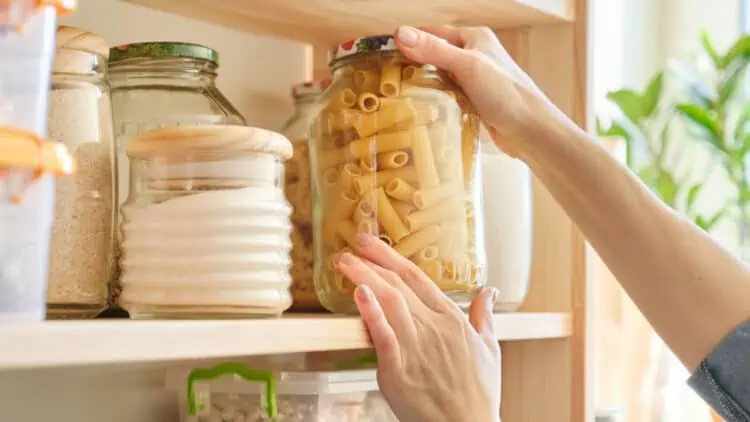

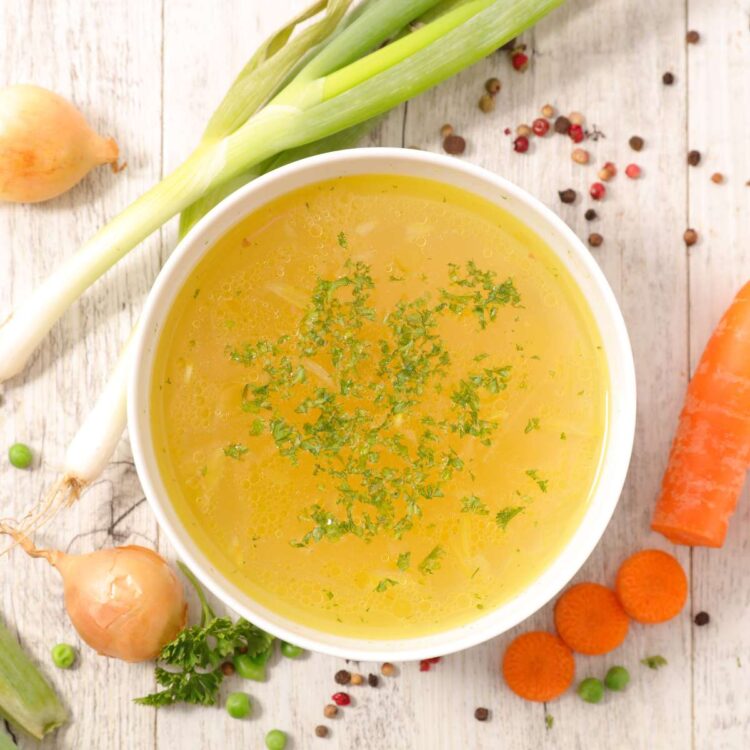
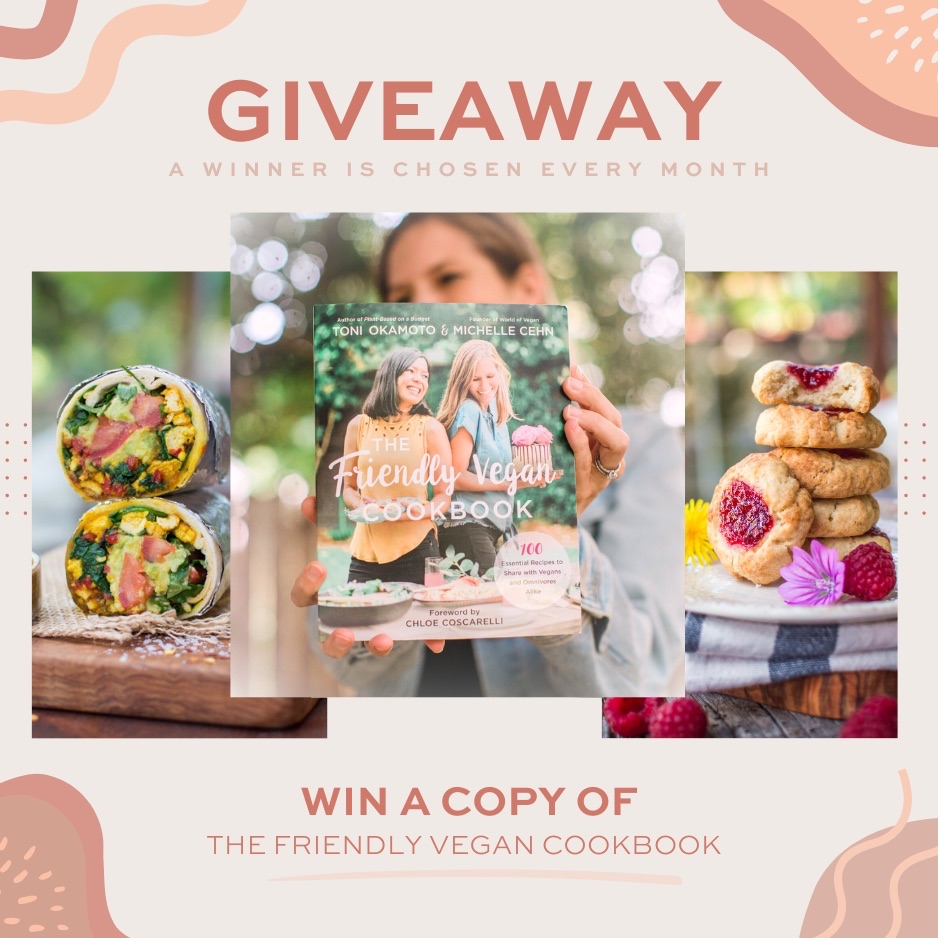
Leave a Comment